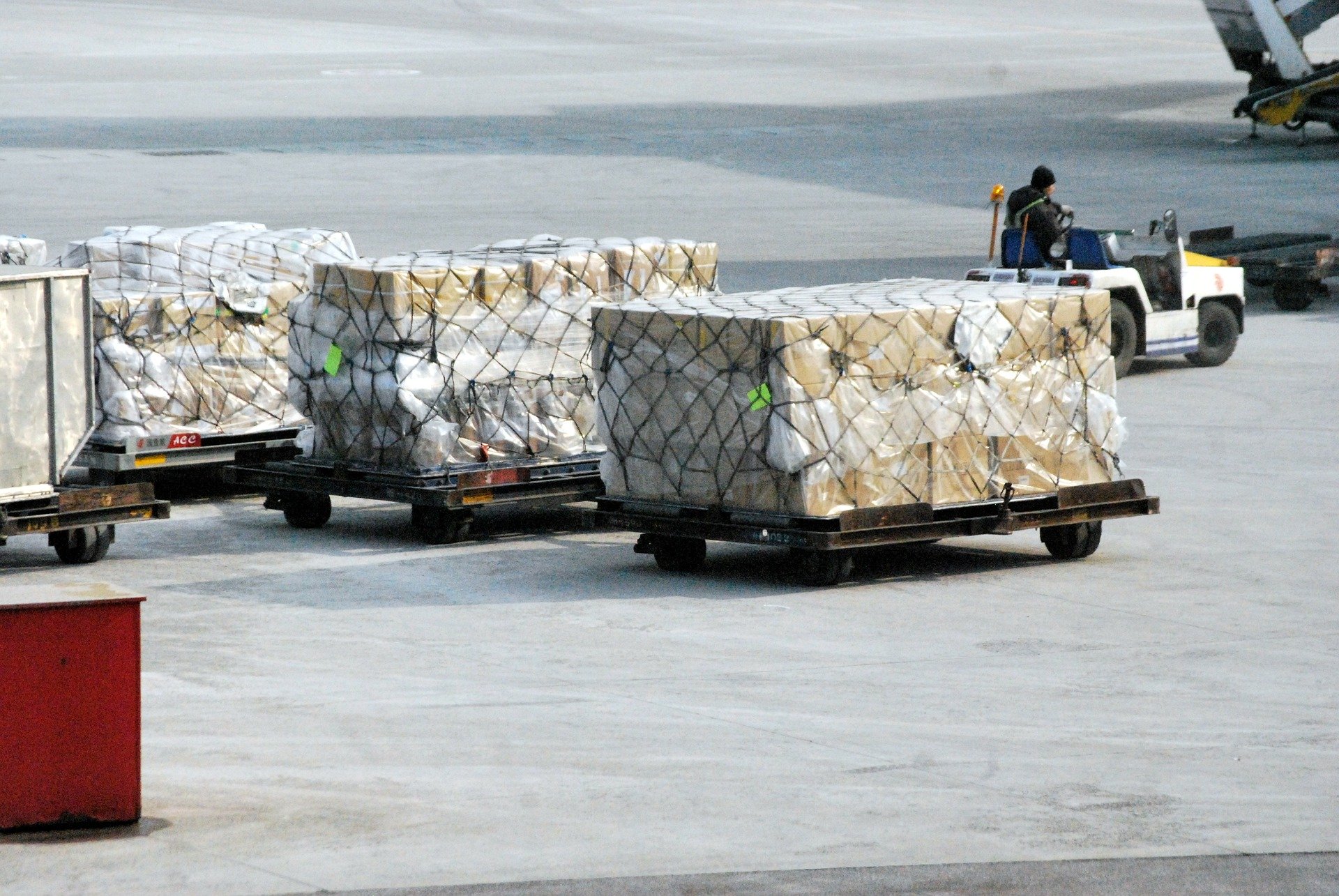Goods & Services
Catalysing change within the goods and services sector requires buy-in from producers, consumers and legislators, in order to align incentives, create value-additive decarbonisation pathways, and speed up the transition to a net zero economy.
Progress to date
There are 3,522 companies classified as Certified B Corporations, meaning they are committed to doing no harm to their communities or environments. $13.7 trillion (16% of global GDP) is covered under existing net zero commitments from this sector.
Achieving a net zero economy will have benefits not only for the climate, but also for employment, growth, and reducing economic risks.
case studies
IKEA
Ikea aims to be climate positive by 2030, reducing more greenhouse gas emissions than their value chain emits, while continuing to grow the company. The company’s ambitions are broadly aligned with two investments…
TIFFANY'S NET ZERO COMMITMENT
Tiffany is a member of the B Team, a philanthropic organisation aimed at catalysing change in the private sector to achieve net zero. The company has made its own net zero commitment…
Unilever: Net zero 2039
Unilever has committed to net zero by 2039 across its entire portfolio of products, and within its operations. In order to achieve this across such a complex supply chain, the company has…
Key Challenges
Although awareness of net zero is high across the goods and services sector, adoption and uptake of policies leading towards it still remain absent or underdeveloped.
- Due to the time frames over which net zero policies operate, it can be difficult for businesses to make the case that net zero makes sense over annual budgetary cycles. For example, investing in afforestation to offset residual emissions requires up-front costs, but the dividends in terms of sequestered carbon can be decades down the line. Additionally, some net zero technologies, such as retrofitting or installing smart metering, are prohibitively costly.
- It can be difficult to translate increasing demand for low-carbon goods and services into action. Greater knowledge sharing between companies and industries, through industry associations for example, may help reduce these knowledge barriers to mainstreaming the net zero agenda.

An image of products in transit on trucks.
Net Zero innovations for goods and services
Mainstreaming net zero across the supply chain for goods and services, from the sourcing of raw materials, to end-of-life and creating closed manufacturing loops, requires implementation of net zero thinking across levels. Natural Capital Partners’ Talanoa Dialogue offers a seven-part model on how net zero can be incorporated into a business’ operations
FOOT PRINT
Look to reduce emissions directly associated with the operations of a business, from manufacturing, to company travel.
Tail Print
Reduce upstream emissions stemming from suppliers of the goods and services that your company produces.
Hand Print
Reduce downstream emissions arising from customer use of your products.
Brain print
Mainstream net zero planning and operations by embedding it at the heart of your company’s strategy and mission statement. Regularly update the strategy and ratchet up ambitions over time.
BLUE PRINT
Identify the investments, partnerships, strategies, governance and technologies that will better align your company’s activities with your net zero target.
Finger print
Make your staff at every level feel ownership over, and investment in, your company’s goal of achieving net zero.
News Print
Advocate and communicate for net zero strategies that go beyond annual company reports and into the wider community.
Net Zero policy solutions for goods & services
A recent report by The B-Team highlights a number of ways in which companies can transition to net zero goods and services, both acting within their operations, and catalysing change in their broader communities:
Operations
Companies should take the easy decarbonisation wins first by engaging with internal stakeholders first (such as through energy efficiency savings), before committing to the more difficult operational changes, such as increasing renewable energy provision.
Supply Chain
Companies should partner with their suppliers to increase transparency and reporting of their Scope 3 emissions, and incentivise low carbon initiatives through programs such as reward schemes.
Products and Services
Work with consumers to reduce the carbon intensity of goods and services, through advice, and more resource efficient goods and services.
Sectoral Leadership
Through membership of and active participation in sector organisations committed to a net zero future, and advocating for net zero commitments and standards for all members.
Investor Engagement
Engage with initiatives such as the Task Force on Climate-Related Financial Disclosures or the Carbon Disclosure Project to incorporate climate-related disclosures to investors to catalyse action.
Advocacy
Push governments to commit to ambitious climate targets and policy.
Carbon Removal and OFFSETTING
Prioritise real reductions in emissions, but produce coherent and verifiable plans to offset all remaining scoped emissions.
Nature and Biodiversity
Commit to nature-based restorative solutions when designing and implementing a net zero strategy.

An image of a shopping center.
Why Net Zero Goods & Services?
Although achieving net zero goods and services is undoubtedly a necessary requirement for achieving the 1.5 goal of the Paris Agreement, there are also sound economic arguments for pursuing such an objective. Global demand for low and zero carbon goods and services is expected to reach £2.8 – £5.1 trillion by 2050, emphasising the strong business case for net zero goods and services. Where businesses have already acted to achieve net zero through setting science based emissions reduction targets, they have seen numerous benefits across brand reputation, investor confidence, bottom-line returns, and innovation.